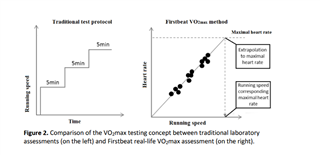Why does my Vivoactive 4S interpret my VO2 MAX into a fitness classification that is different to the table that Garmin publish at https://www.garmin.com/en-US/blog/fitness/whats-a-good-vo2-max-for-me/
I'm in my sixties, reasonable fitness, and the VO2 MAX reading I get is 33, which is interpreted at POOR, and a fitness age of 74.
However using Garmin's table for my age, a reading of 33 is classified as GOOD. Which is right?



